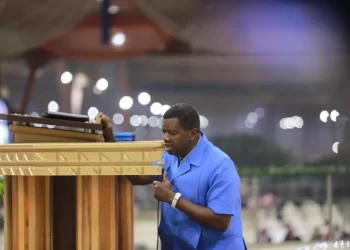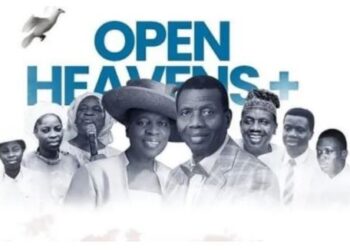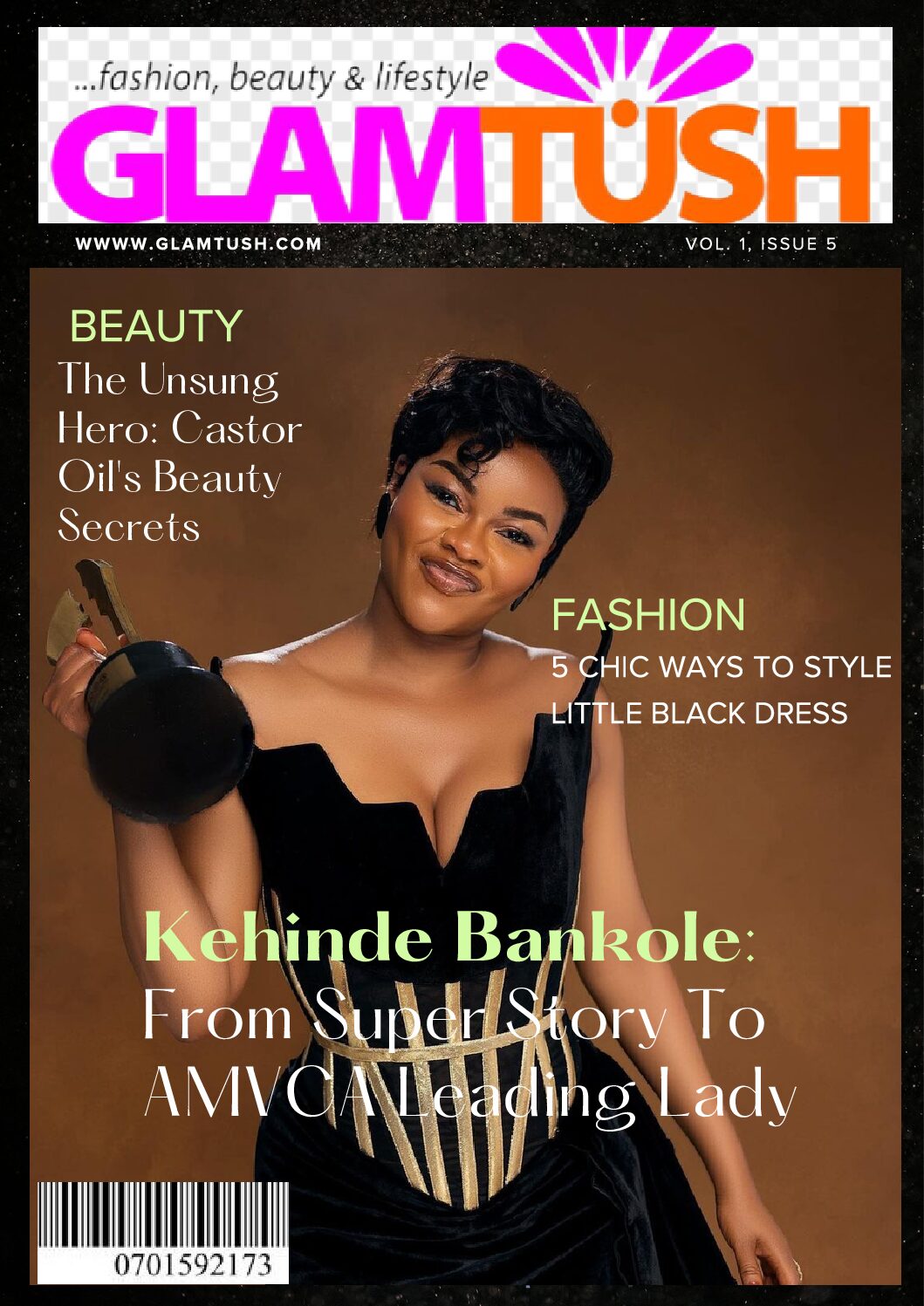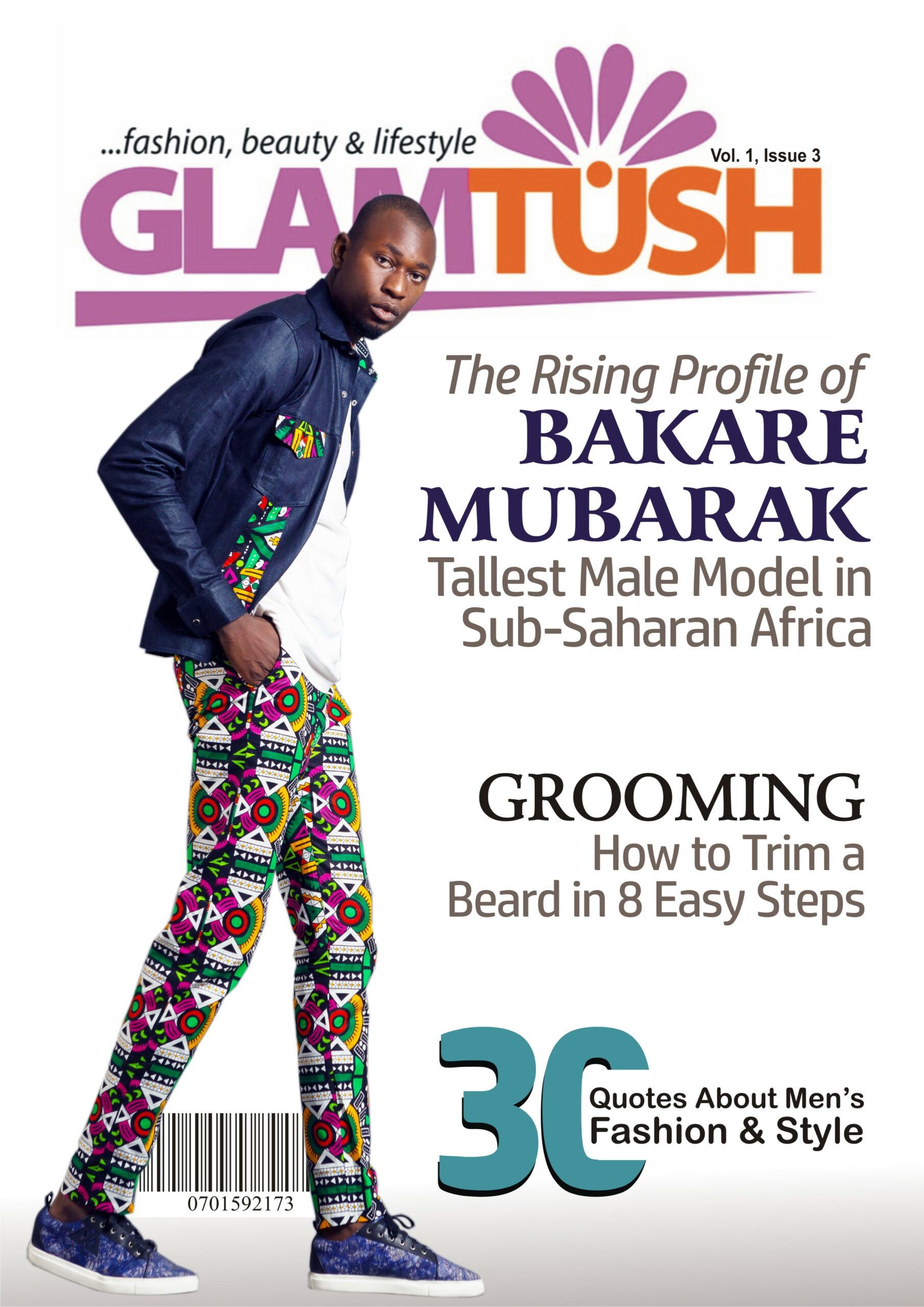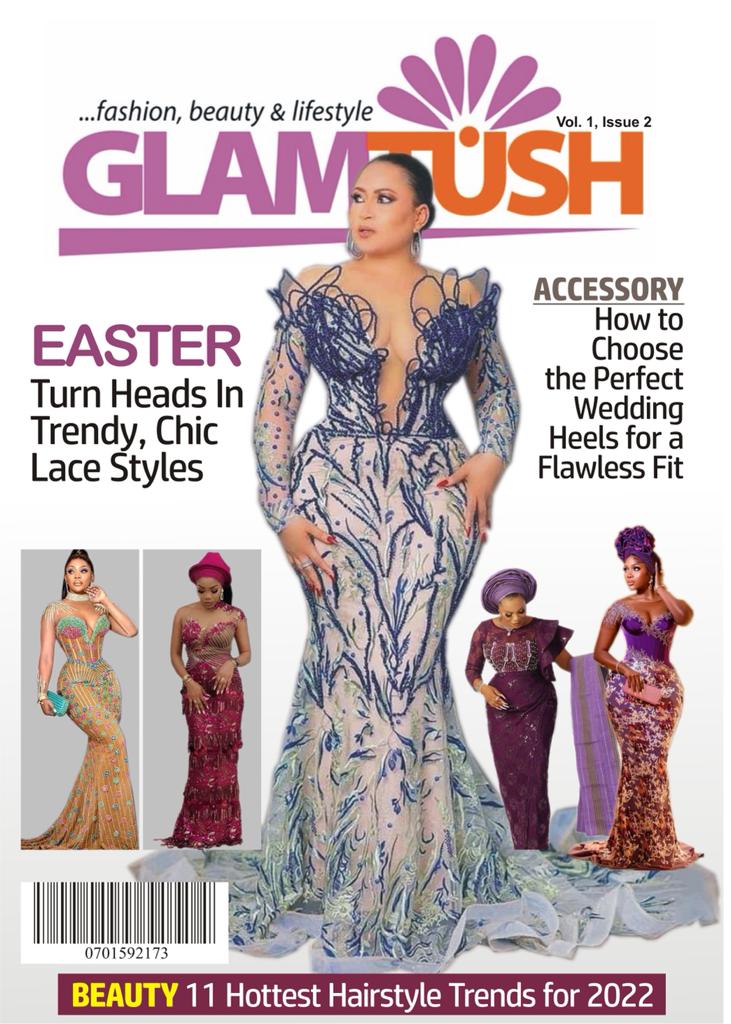A snowboarding trip without the proper equipment is a compromised experience, and at times lack of equipment can mean inviting danger.
Here is a handy checklist with everything you’ll need, from Snowboards to accessories for a day on the slopes or in the backcountry. Make sure you’re prepared for whatever the mountain hurls at you the next time you hit the slopes.
The Board
Although they may all appear the same, the colour scheme isn’t the only distinction between each board. If you’re serious about the sport, you might have a range of boards for different riding situations and styles. The stiffness and geometry of the edges are important characteristics that affect how a board rides. Here’s a crash education in boards that won’t overwhelm you with the terminology.
The edges of a novice board will be soft and less aggressive. If you make a mistake, these boards are more forgiving, and they don’t require as much effort to flex and manoeuvre as an advanced board.
The boards designed for riding in terrain parks are typically more flexible. They may have a more dish-like base (known as a rocker). This means it won’t catch an edge as easily as other materials, but it’s ideal for spins and presses.
A race board or other fast-moving boards may be stiffer so that they can maintain an edge at high speeds. They could also be longer, which provides a more stable ride as you accelerate.
Backcountry boards are designed to float better in heavy snow. Modern boards even include a “swallowtail” or cutout in the rear, so you don’t have to lean back as far to keep your frontal end (nose) from dipping into the snow. Splitboards are also a new backcountry craze.
Footwear
Several factors go into making snowboard boots, but stiffness is the most important. Some are pretty soft, which makes for a smooth and comfortable ride. However, comfort comes at a cost: a soft shoe will lose control on heavy snow or high speeds.
Stiff shoes, on the other hand, are the polar opposite. They provide you with more command over your board, but they are less pleasant to ride. You’ll need to keep your eyes on your moves at all times. A stiff boot is less forgiving; if you transfer your weight in the wrong direction even slightly, you’ll catch an edge and tumble down the hill!
Binding
Bindings attach your boots to your board. They can genuinely differ a lot. The rigidity of the binding mostly determines the edge connection with the snow from front to rear. The amount of rotational (twisting) flex in your bindings affects how your board flexes and responds to your maneuvers.
The binding’s weight has an impact on your riding. It has an impact on how easily you move the board and, significantly, how high you can leap! Bindings get lighter as you spend more money on them, so the mass of your binding will be determined by your budget.
Snowboarding Apparel
If you’re eyeing spending the day on the slopes, you’ll want to stay dry and warm. Snowboarding is strenuous, and appropriate snowboarder gear allows you to breathe. This means you don’t get too hot and sweaty while making your way down the slope, but you also don’t get too cold coming back up. Start the day cool (not frigid) and wear a mid-layer; you can remove the layers as the day warms up.
Summing Up
This listicle will assist you in packing for your next trip, whether you’re just learning or going backcountry powder chasing. Snowboards are all about allowing you to explore the high life, and not having the proper equipment isn’t one of them. This list will guarantee that you are adequately equipped for your snowboarding adventure. Remember that, although this is a numeral list, each thing is equally significant. It’s also worth noting that, while several of this equipment can be leased at the resort, most of the apparel items should be purchased before the trip.



